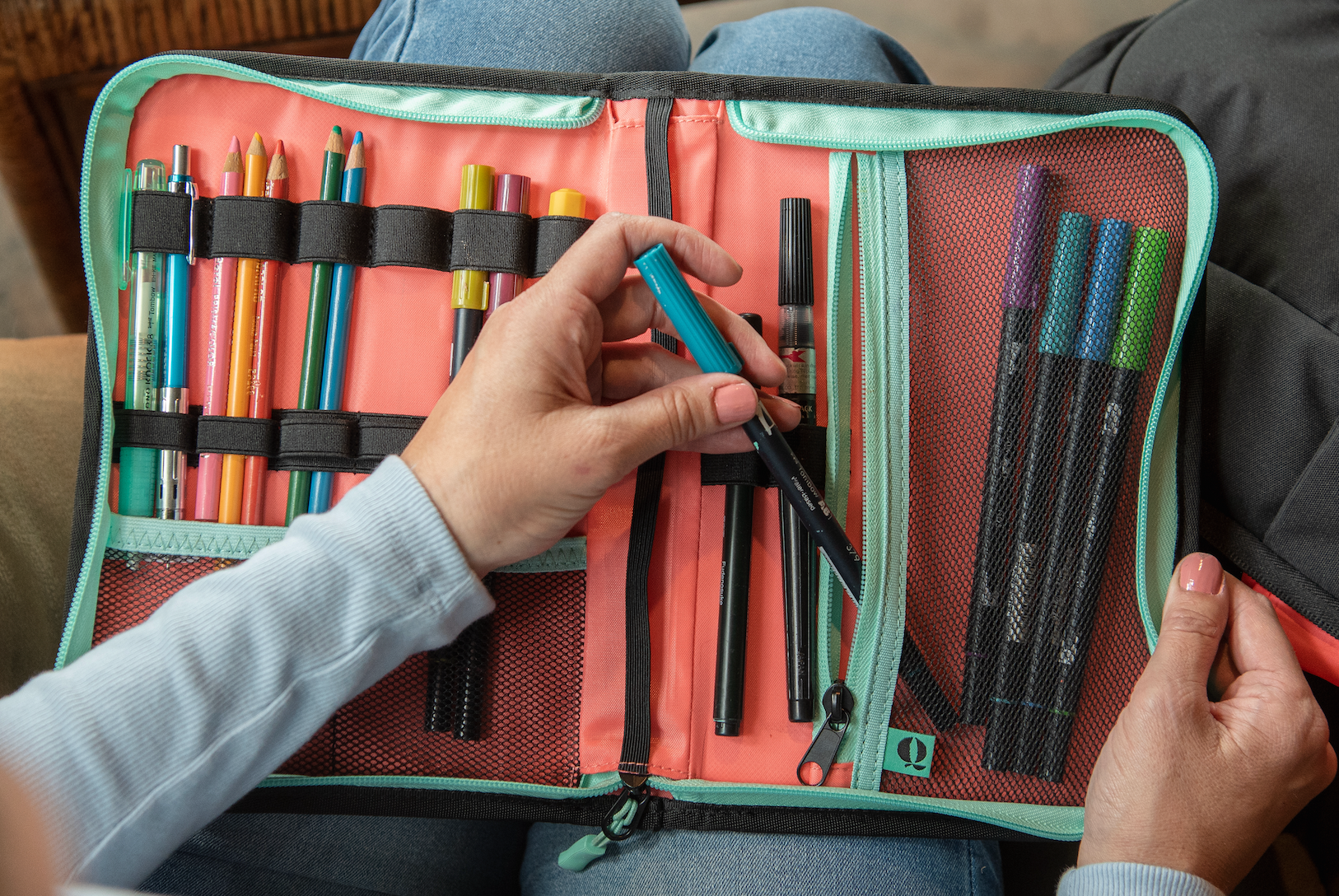After 15 years of teaching elementary art, I've learned many life lessons, some for the better and some for the worse. As I reflect on my journey, I feel like there are so many things that I would have either changed, or also doubled down on from the beginning. So whether you are new to your art teaching career, or a veteran teacher looking to change some things up that you think aren't working, here are five (possibly) unexpected pieces of advice I would give to a new art teacher:
1. It’s OK to Slow Down

In the early days of my teaching career, I always felt this pressure to go, go, go. I felt I needed to push my students to finish one project quickly so we could start the next one. Was this pressure external? Not necessarily. It was likely pressure I was putting on myself. Over time, I've realized that my teaching style has always been more about quality over quantity. Listen to your intuition, follow your students' cues, and create a pace that works for everyone.
2. How to Respectfully Say No

This is the number one thing I wish I had known when I started teaching. As someone working on being a recovering people pleaser, saying no was a major struggle in my early years. While it's important to help when you can, it's equally important to set clear boundaries. This is essential for your well-being and effectiveness as a teacher. (I have a whole blog on this topic if you want to dive deeper! Just click here! )
3. Shadow Your Colleagues

Here are a few photos taken from our elementary art department meetings where we share lesson ideas and inspiration. How cool is this "CREATE" sign from one of my colleagues?? Sign credit: Andrea Jaecks
Shadowing colleagues is some of the best professional development you will ever get! Observe other art teachers in your district, and don't hesitate to ask to observe classroom teachers or other specials teachers. It's amazing what you can learn from simply observing their classes. You'll gain new strategies, insights, and inspiration that can enhance your own teaching practice.
4. Don’t Fall into the Us vs. Them Mindset

For whatever reason, there often seems to be a mindset of classroom vs. special area teachers in many schools. Don’t fall into that trap of negativity. First, always put yourself in someone else’s shoes before assuming the worst. Second, prioritize collaboration over competition. Build relationships with classroom teachers and offer to collaborate or ask how you can support their students in your class. This was the best part of working at a creative arts school—the magical collaboration between specials teachers and classroom teachers working together to best support our students.
5. Your Gifts Are Meant to Be Shared: Let Your Art (Heart) Shine Beyond the Classroom!

Want to know the absolute best way to advocate for the arts and your program? Allow the magical art created in your classroom to spill out into the rest of the school. A school that is colorful and filled with artwork benefits everyone. There is a shared sense of pride when art is displayed and felt throughout the school. Yes, it’s important to create boundaries and not overextend yourself unnecessarily, but also realize that your greatest tool in advocating for the arts is showing others how amazing we all feel in a colorful, warm, and inviting space.
Remember, your role as an art teacher is incredibly valuable. Your passion, creativity, and dedication make a significant impact on your students and school community. Embrace these lessons, and let your journey as an art teacher be as fulfilling and rewarding as possible. You've got this!










